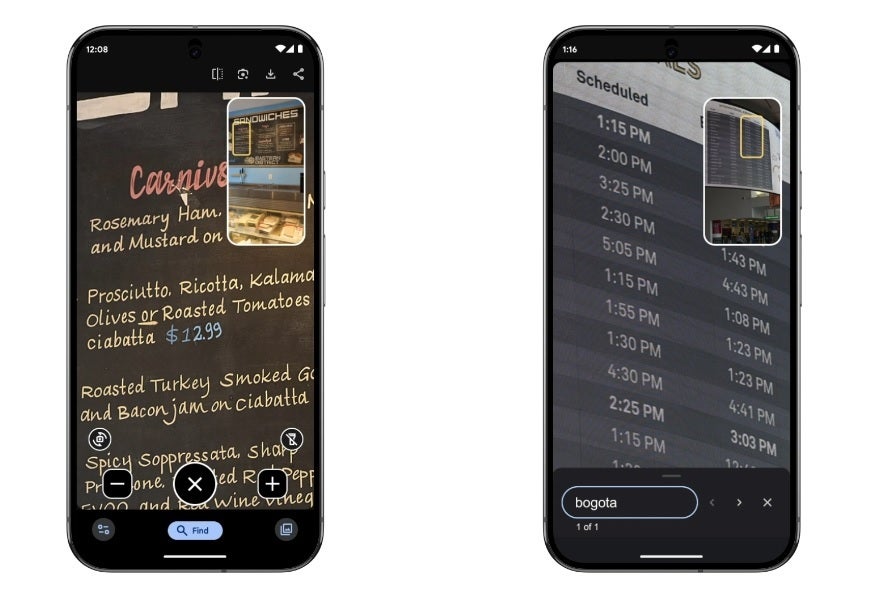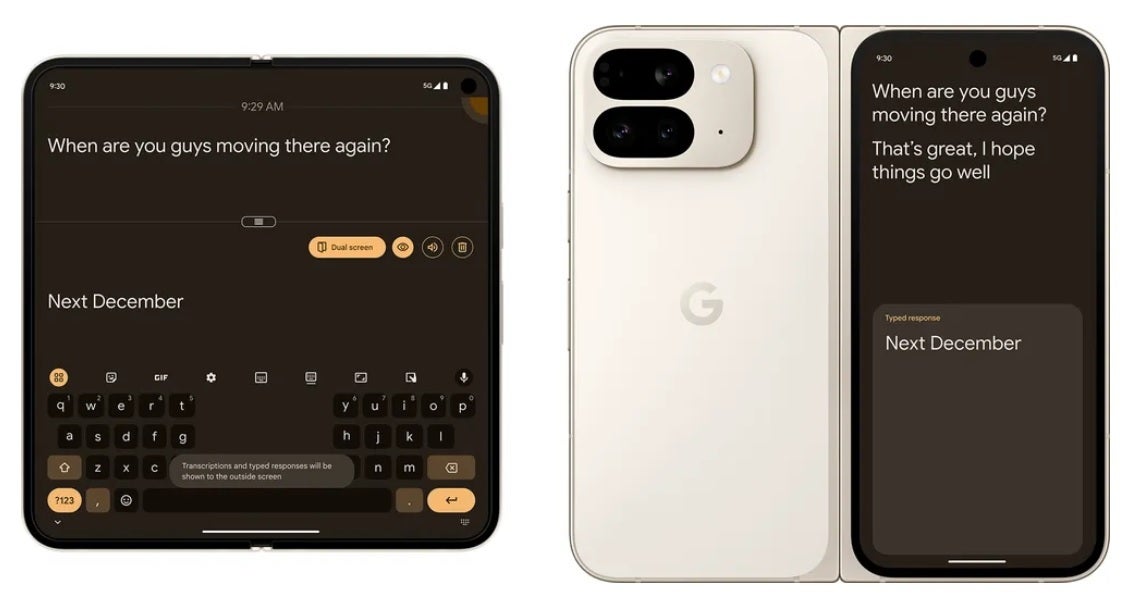Google has a habit of breathlessly announcing a new feature exclusively for a new Pixel model before it eventually adds it as a feature to older Pixel models. When Google released the
Pixel 8 line last year, it included the Magic Editor which allows the user to change the color of the sky, move the subject of the photo to a different location, and arrange items in the photo all by using AI.
Google hoped that the feature would help sell many units and get owners of older Pixel models to upgrade to the
Pixel 8 or
Pixel 8 Pro. But earlier this year,
Google surprised everyone by allowing all Pixel models running Android 8 or higher with at least 4GB of RAM and a 64-bit chipset to use the Magic Editor on images found in the Google Photos app. Just like that, my
Pixel 6 Pro not only had the Magic Editor, but it also had the Unblur feature that cleans up blurry photos.
Even non-Pixel Android phones and certain iPhone models can use the Magic Editor
Even more interesting, all
Android phones running Android 8 and up and even iPhone models with iOS 15 or later installed can use the Magic Editor (not Unblur though) with the Google Photos app installed. Those phones are limited to using Magic Editor on 10 images per month unless they subscribe to the 2TB tier of cloud storage app Google One.
Google is now
disseminating some more updated AI-based accessibility features to older Pixel models. One such feature is Guided Frame created for Pixel users with impaired vision. The feature will give you audio directions to help you get your face in the frame of a selfie or regular photograph. It also will help those who have limited vision get the camera angle right. With Guided Frame, the phone will prompt the user to tilt his head up or down or move the camera to the left or right before the camera snaps the picture automatically. Guided Frame will also alert you if the light is too low so you can find a brighter place to shoot a photo. The feature is now available from the camera settings.
Magnifier allows those with impaired vision to zoom into the world around them. | Image credit-Google
Also coming to older Pixel models is Magnifier. This is a feature exclusive to Pixel models that uses the camera to help users with impaired vision “zoom into the world around you.” Now with some help from AI, Magnifier can help those with limited vision look for specific words. Google provided examples that include looking for vegetarian meals on a menu or trying to find a specific flight’s departure time on the big board at the airport.
The feature uses a picture-in-picture format so if you’re at the deli counter and want to get a closer look at the menu, you can snap a picture and use picture-in-picture to look at the options on the menu without losing your place. You can turn on Selfie illumination to create a mirror for applying makeup by employing the front-facing camera.
Live Caption and Live Transcribe now support more languages
Live Caption for Android shows you in real time the sounds that are coming out of your phone’s speakers on all your apps. Live caption support is being added for seven additional languages starting now. The seven are Korean, Polish, Portuguese, Russian, Chinese, Turkish and Vietnamese. Support for the same seven languages is being added to Live Transcribe which will now work with 15 languages without cellular connectivity or a Wi-Fi connection. With an internet connection, 120 languages will work with Live Transcribe which helps over one billion Android users get real-time transcriptions of the sounds around them.
Live Transcribe dual mode. | Image credit-Google
If you have a dual-screen
foldable phone like the new
Pixel 9 Pro Fold, there is now a new version of Live Transcribe made just for these models. Live Transcribe dual-screen mode allows multiple viewers see what is being discussed during a conversation by positioning the phone on a table so the screens and the live transcription can be viewed by everyone who involved in the conversation. This feature will transcribe a conversation over dinner, or a business meeting.
Google says that it will continue to work with the disability community and use new AI capabilities to help those with disabilities access more of the world.









